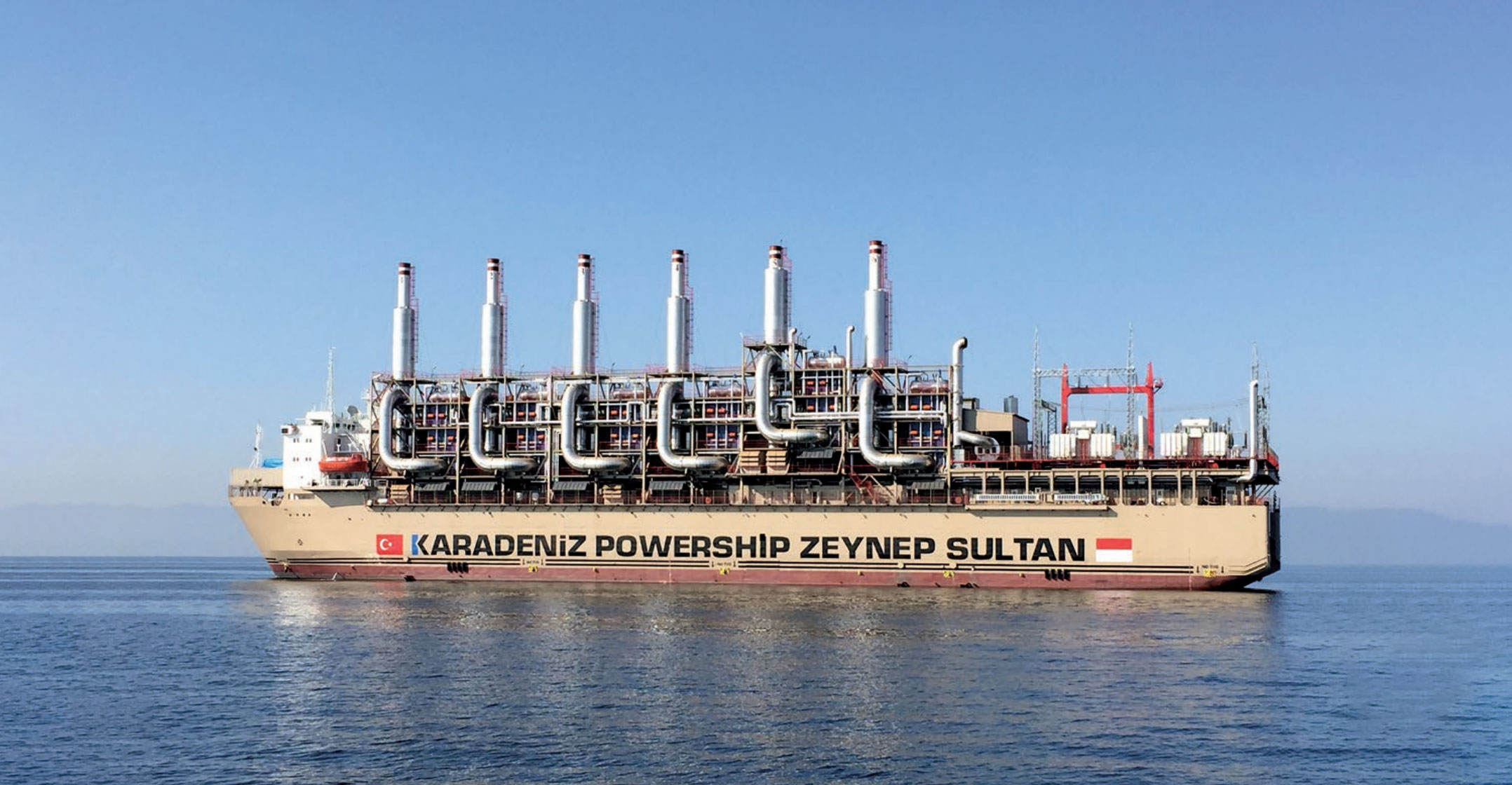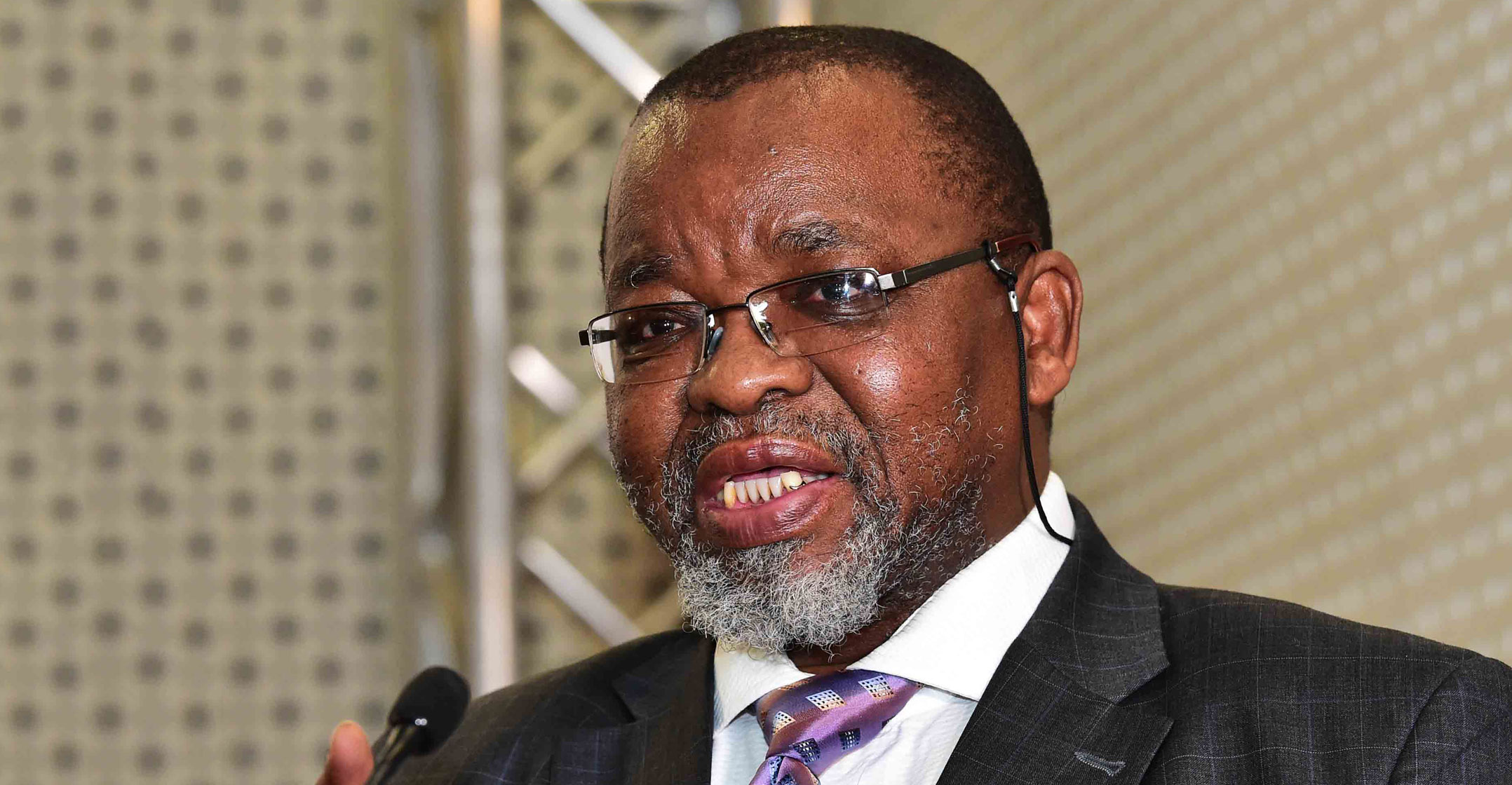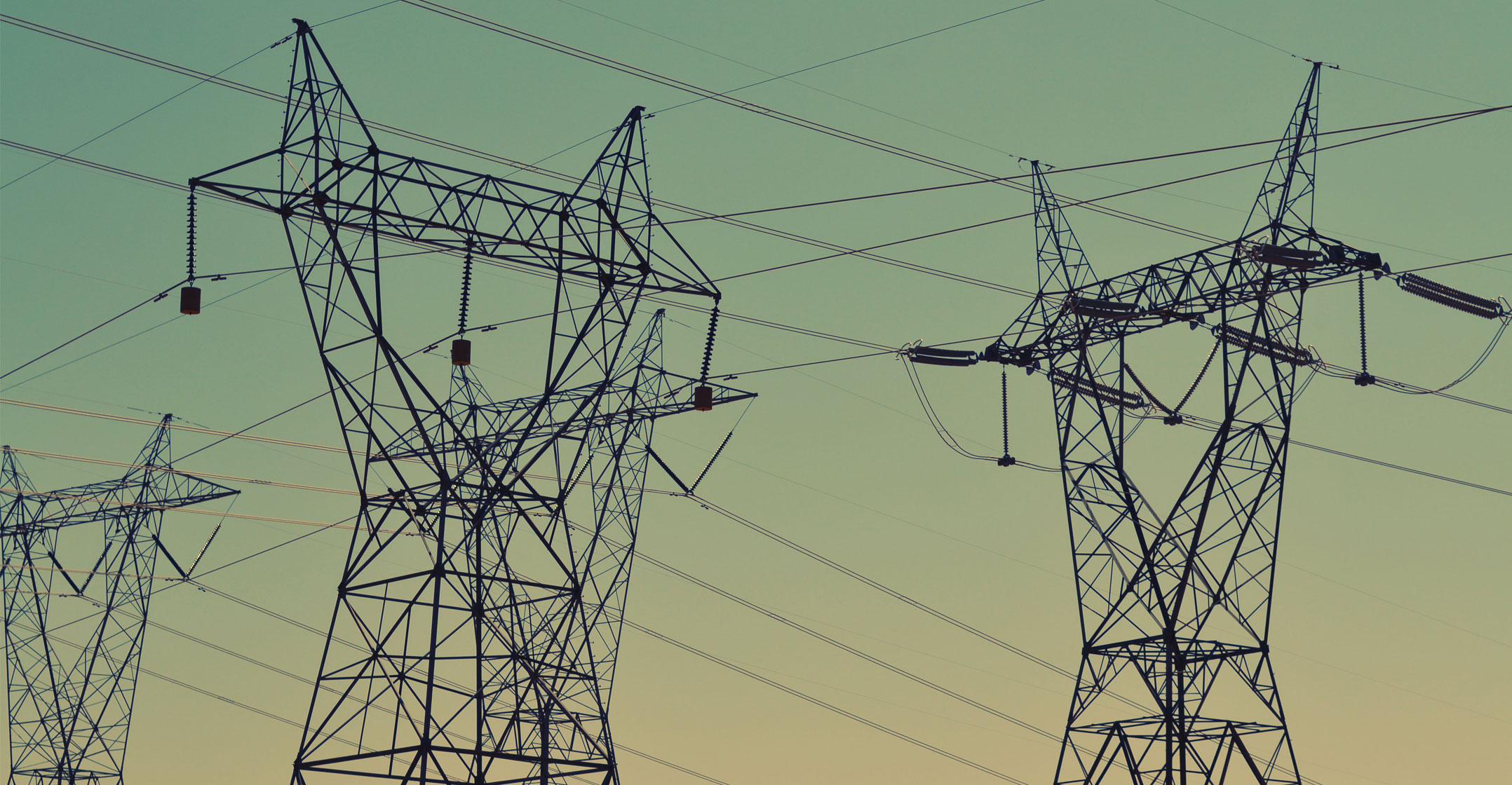 Government’s proposed deal with Karpowership to buy electricity generated on its three floating power stations over a period of 20 years will expose consumers to considerable risk.
Government’s proposed deal with Karpowership to buy electricity generated on its three floating power stations over a period of 20 years will expose consumers to considerable risk.
Maduna Ngobeni, acting chief operating officer of the department of energy’s office for independent power producers (IPPs), recently confirmed that, among other things, fluctuations in the international price of liquefied natural gas (LNG) and the dollar/rand exchange rate will be passed on to consumers.
Other pass-throughs are carbon tax and environmental levies.
Mike Schüssler of Economists.co.za warned that consumers could find themselves at the same disadvantage Eskom did with its historic price agreement to supply the Hillside aluminium smelters in Richards Bay: This was done at a tariff linked to, among others, the dollar-denominated price of aluminium set in London.
The agreement was concluded decades ago and only came to an end in July last year. Eskom ended up selling electricity at a huge loss. Independent analyst Ryk de Klerk last year estimated that since 2013 the contract had cost Eskom R15-billion. Eskom was, however, bound to it and earlier efforts to renegotiate the terms were unsuccessful.
Wisdom questioned
A new agreement, which is awaiting approval by energy regulator Nersa, has done away with any link to outside factors to determine the tariff and the term is limited to 10 years.
Against this background, Schüssler questions the wisdom of the proposed 20-year power purchase agreement with Karpowership based on similar mechanisms. “For such a long power purchase agreement, Karpowership should also have taken some of the risk.”
The proposed agreements form part of the department of energy’s risk mitigation power purchases from IPPs.

Minister of mineral resources & energy Gwede Mantashe recently announced the eight winning projects following a request for proposals. Karpowership’s three projects, to be based in the harbours of Coega, Richards Bay and Saldanha, got the lion’s share of 1.2GW, with five other bidders being awarded a total of 625MW, mostly for renewable generation combined with battery storage.
The renewable projects will sell to Eskom at a fixed tariff that will only increase in line with the inflation rate annually.
Karpowership’s tariffs were among the lowest. This surprised many observers. The evaluation price of its Saldanha bid was R1 468.67/MWh, only beaten by ACWA Power’s hybrid solar, diesel and battery storage bid at R1 462/MWh.
It has, however, become clear that the Karpowership bids were based on the LNG price at the time of submission, namely March last year. Since then the LNG price has increased substantially.
The deadline for financial close on the projects is the end of July, with the first power to be delivered by August 2022. Once in production, Eskom tariffs will be set in advance based on assumptions regarding the LNG price, exchange rate and other elements.
Karpowership will invoice Eskom monthly according to the real level of these indicators and at the end of the financial year the difference between the assumed and real tariffs will be passed on to consumers using the Regulatory Clearing Account (RCA) mechanism. If the tariff is substantially higher than assumed, it could put pressure on Eskom’s liquidity.
Demand
Independent economist Elize Kruger said the global demand for LNG is expected to increase due to population growth, urbanisation and increased preference for cleaner energy. She said the LNG price could be volatile and impacted by the same factors that determine the price of Brent crude, including economic growth, production capacity and weather patterns.
Karpowership’s tariff is linked to the JKM price (Japan/Korea Marker) for LNG, which S&P Global Platts expects to rise considerably over the long term, compared with 2020 levels. The World Bank expectation of the long-term Brent Crude price is likewise well above 2020 levels.
Darryl Hunt, a consultant at Dynamic Energy Consultants, points out that the country’s Integrated Resource Plan (IRP) provides for the addition of 3GW of gas generation by 2030, which he said is necessary to balance the intermittent supply of renewable energy.
 The link between electricity tariffs and the price of gas is therefore not exclusive to Karpowership. It would necessarily have become part of the changing power landscape as the IRP is implemented, he said.
The link between electricity tariffs and the price of gas is therefore not exclusive to Karpowership. It would necessarily have become part of the changing power landscape as the IRP is implemented, he said.
Consumers are, in fact, already familiar with this mechanism, as monthly changes in the price of fuel are based on changes in the price of Brent crude and the exchange rate, he adds.
Eskom has also been using the mechanism for the open-cycle gas turbine IPPs and the diesel price. This is also a full pass-through to consumers.
The proposal for Karpowership, however, indicates a utilisation factor of 60% to 70%, as opposed to the typical factor of below 10% for OCGTs, said Chris Yelland, MD of EE Business Intelligence. He believes the impact of fluctuating LNG prices on the overall electricity tariffs could therefore be more material.
Kruger said that as the country diversifies its energy sources, electricity prices will move to a weighted average of the different sources. She said there is a need to rethink the way electricity tariffs are determined in a changing market.
- This article was originally published by Moneyweb and is used here with permission




